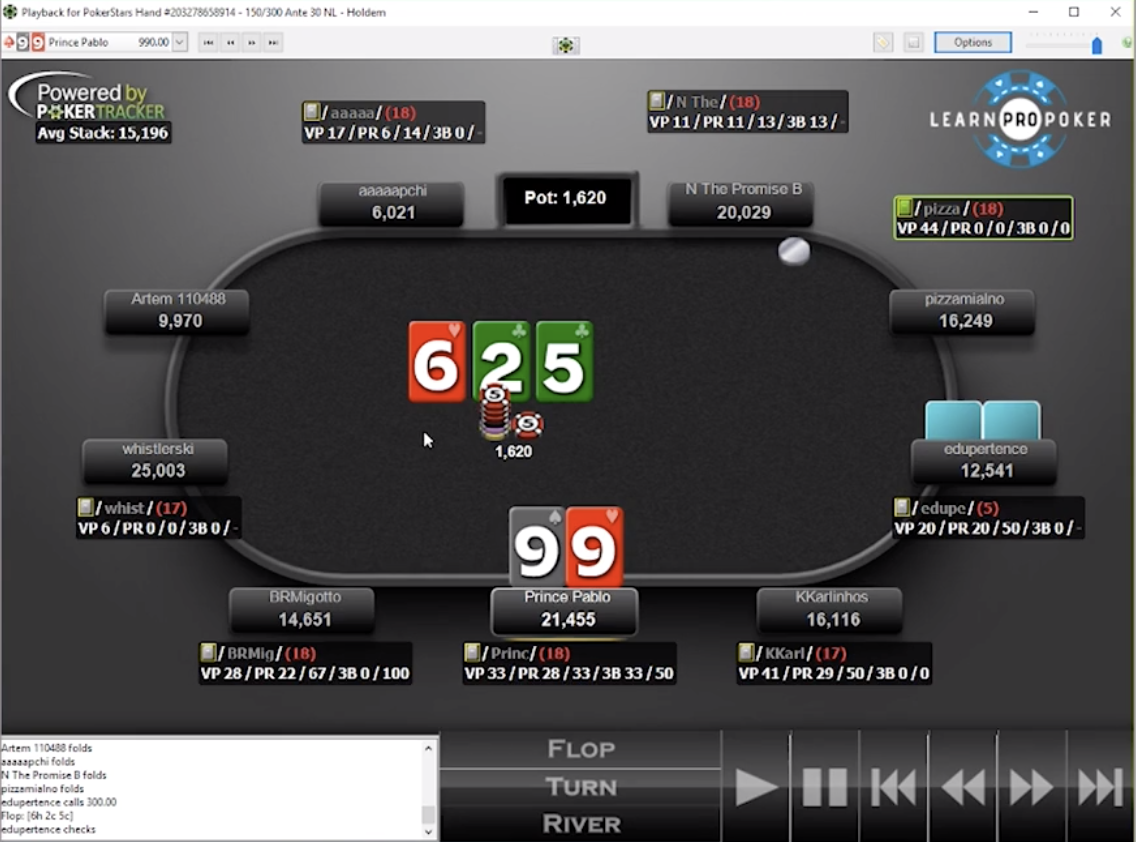Small Ball Poker 2019
FPC Poker Runs are packed with more fun and excitement than ever before. Sign up today and be a part of the fun that Florida Powerboat Club has to offer. Great sponsors, combined with hundreds of teams converting on performance boating’s premier destination locations. View Complete Schedule Watch Sizzle Reels.
What is the small bowel?
- A strong relationship is crucial to success in any variety of the lifestyle. Put yourselves first above all else.
- An increasingly popular approach and style of playing poker that was popularized by guys like Daniel Negreanu, is small ball poker.The idea behind the style is to play lots of hands more aggressively especially from late position and attempt to outplay your opponent post-flop to accumulate chips with little or no risk of going bust.
The small bowel, also called the small intestine, ranges from 20 to 30 feet long and is about 1 inch in diameter. It has many folds that allow it to fit into the abdominal cavity. One end of the small bowel is connected to the stomach and the other to the large intestine.
The small intestine consists of 3 parts: the duodenum, the jejunum and the ileum. Partly digested food passes from the stomach to the small intestine, where the final digestive processes occur. Nutrients, vitamins, minerals and water are absorbed by its lining.
What is small bowel obstruction?
Small bowel obstruction is a partial or complete blockage of the small intestine. If the small bowel is functioning normally, digested products will continue to flow onward to the large intestine. An obstruction in the small bowel can partly or completely block contents from passing through. This causes waste matter and gases to build up in the portion above the blockage. It could also interfere with the absorption of nutrients and fluids.

What causes small bowel obstruction?



Small bowel obstruction can occur in people of all ages. There are many common causes and risk factors, including:

- Adhesions: These are bands of scar tissue that may form after abdominal or pelvic surgery. An earlier abdominal surgery is the leading risk factor for small bowel obstruction in the United States.
- Hernias: Segments of the intestine may break through a weakened section of the abdominal wall. This creates a bulge where the bowel can become obstructed if it is trapped or tightly pinched in the place where it pokes through the abdominal wall. Hernias are the second most common cause of small bowel obstruction in the United States.
- Inflammatory disease: Inflammatory bowel disorders such as Crohn’s disease or diverticulitis can damage parts of the small intestine. Complications may include narrowing of the bowel (strictures) or abnormal tunnel-like openings (fistulas).
- Malignant (cancerous) tumors: Cancer accounts for a small percentage of all small bowel obstructions. In most cases, the tumor does not begin in the small intestine, but spreads to the small bowel from the colon, female reproductive organs, breasts, lungs or skin.
What are the symptoms of small bowel obstruction?
Symptoms of small bowel obstruction may include the following:
Small Ball Poker 2019 Payouts
- Bloating
- Nausea
- Malaise (an overall feeling of illness)
- Lack of appetite
- Severe constipation. In cases of complete obstruction, a person will not be able to pass stool (feces) or gas.